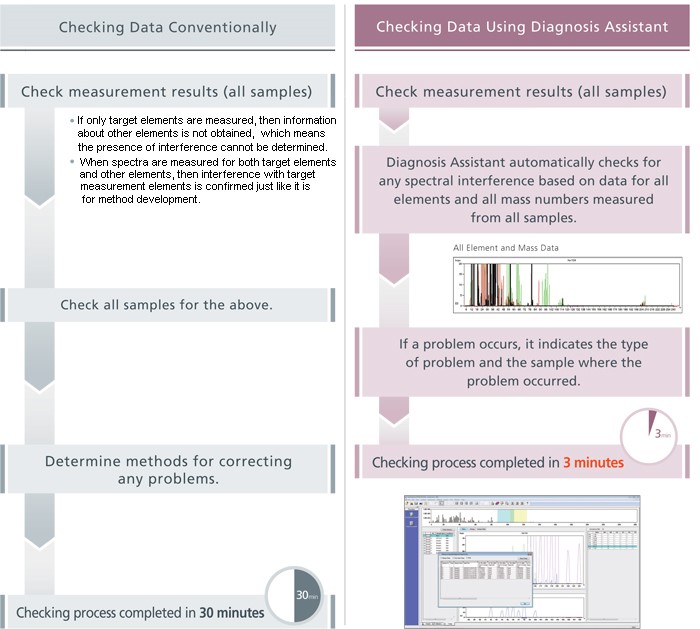ICPMS
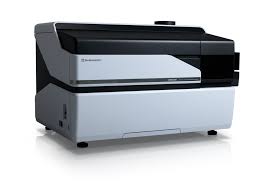
Inductively coupled plasma mass spectrometry (ICP-MS) is widely used for the detection of elemental impurities such as metals and several non-metals at concentrations as low as one part in 1015 (part per quadrillion, ppq). The ionization is achieved by introduction of the sample to inductively coupled plasma. The mass spectrometer is used as a detector to separate and quantify ions.
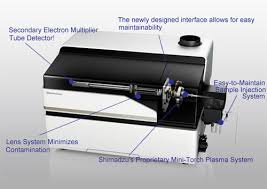
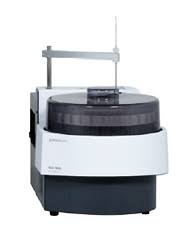
The Shimadzu ICPMS- 2030 includes functions for assisting with analytical method development and diagnostics. Newly developed collision cell provides high sensitivity and low interference. Mini-Torch plasma set up allows for lower Argonne consumption.
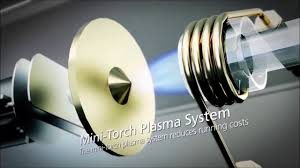
The Development Assistant simplifies the process of developing analytical methods. The Diagnosis Assistant automatically diagnoses spectral interference. Together, they provide analytical results with exceptionally high reliability.
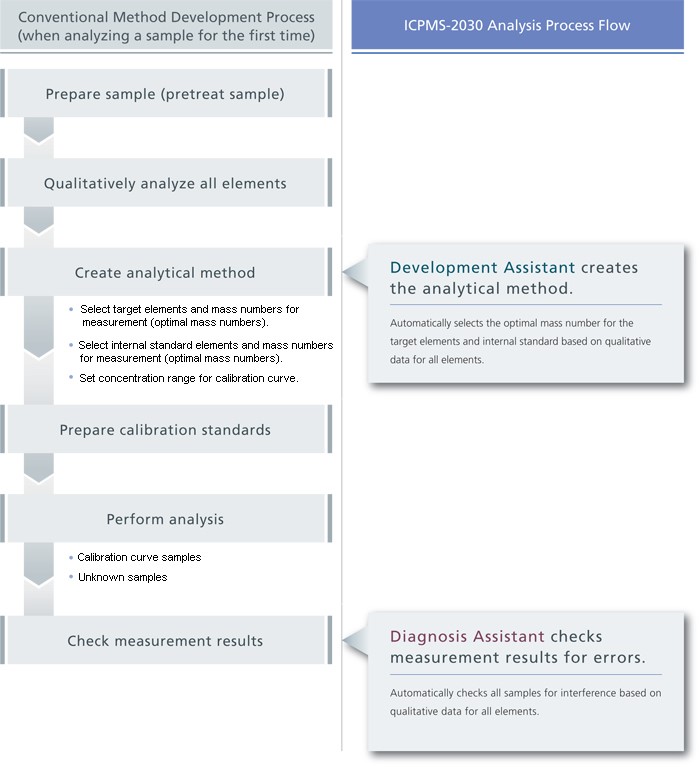
Development assistant function ensures analytical methods
can be developed with confidence by anyone.
Creating analytical methods for ICPMS-2030 analysis involves only selecting the measured and target elements, even for samples being analyzed for the first time. Then, based on the qualitative analysis data (for all mass numbers) from a representative sample, the Development Assistant automatically selects the optimal mass numbers and internal standard elements for the target measurement elements and automatically specifies the concentration range for calibration curve samples.
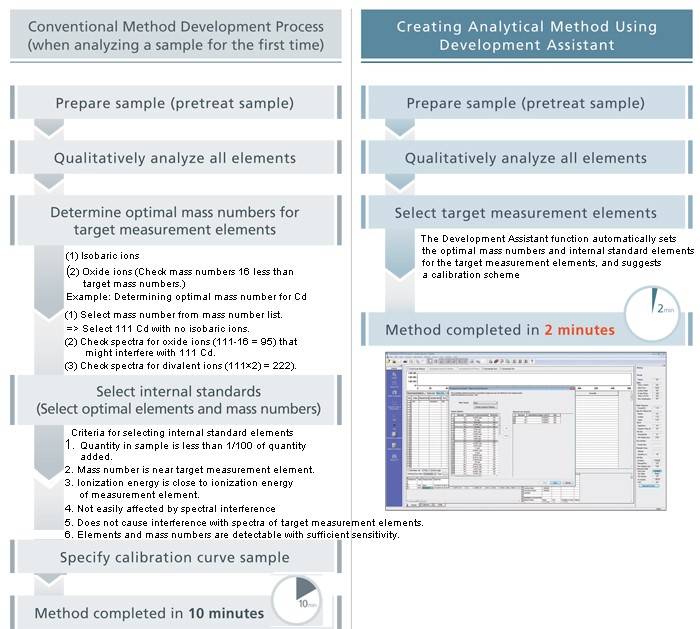
The Diagnosis Assistant automatically diagnoses spectral interference, based on data measured from all mass numbers. Even when using an already established method for routine analysis, the software analyzes data for any spectral interference to determine if a problem occurred.
